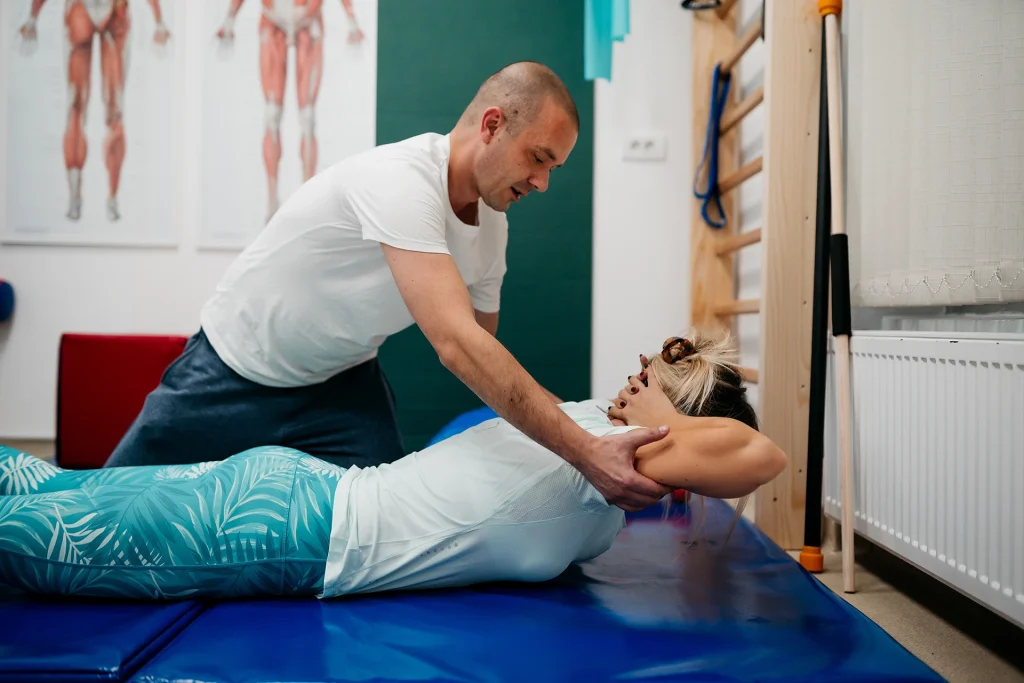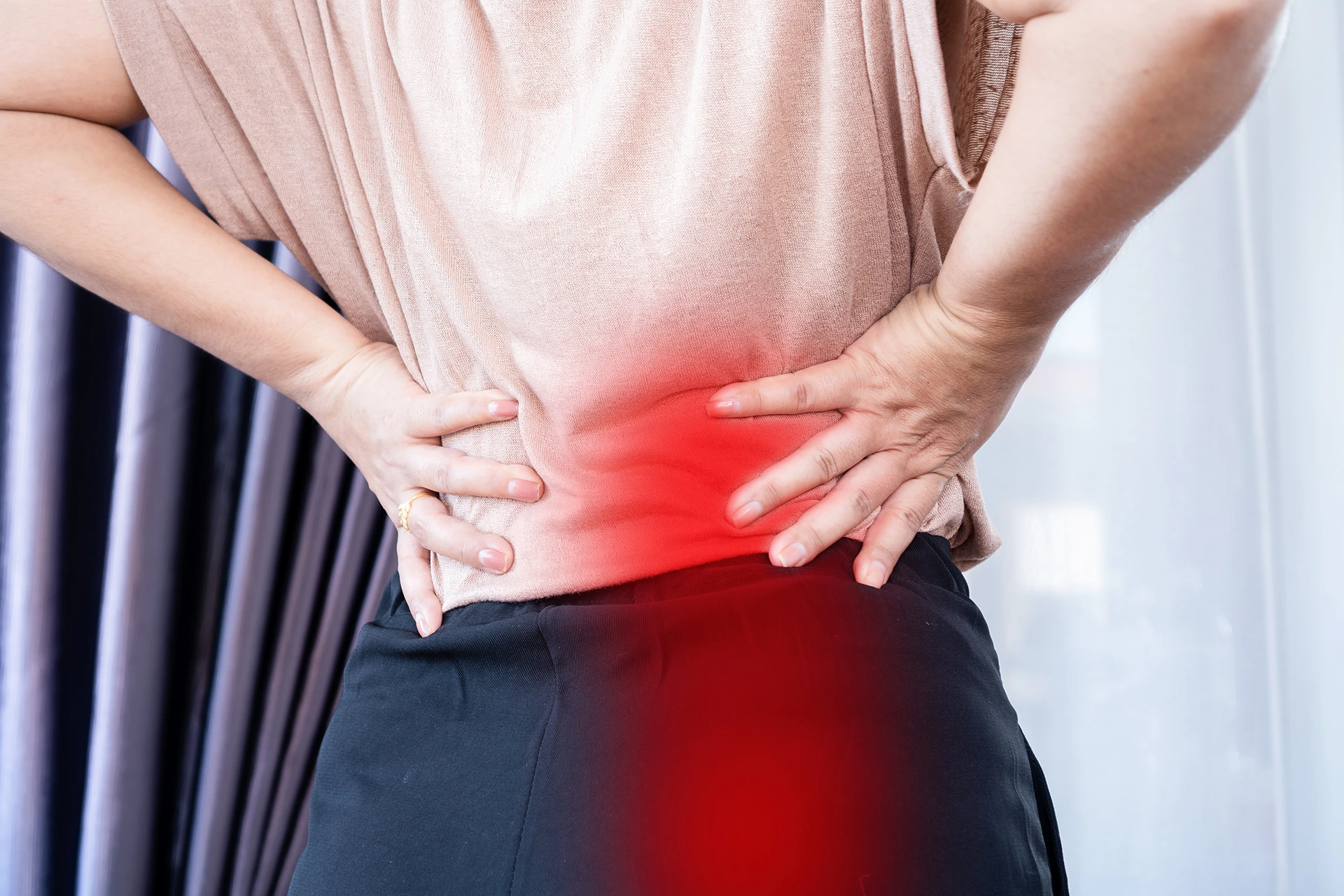Discover the Power of Acupressure and Reflexology in Easing Sciatic Pain
Do you suffer from the searing, shooting pains of sciatica? If so, you know how debilitating this condition can be, robbing you of your mobility and quality of life. But before you resign yourself to popping pain medication, consider this: your body contains powerful healing pressure points that can provide natural sciatica relief.
In this comprehensive guide, you’ll discover how the ancient practices of acupressure and reflexology access these points to alleviate even severe sciatic nerve pain. We’ll explain what sciatica is, its underlying causes, and how to find your sciatica pressure points. You’ll learn simple yet highly effective acupressure and reflexology techniques to treat the pain right at its source. Give your body’s innate healing abilities a chance to work their magic. The ability to gain relief is already within you.
Understanding the Sciatic Nerve
The sciatic nerve originates from the L4-S3 nerve roots in the lumbar spine. It runs from the lower back, through the buttock and hip area, down the back of each leg to the ankle and foot. As the largest and longest nerve in the body, the sciatic nerve innervates the muscles of the leg, providing sensation to the back of the thigh, part of the lower leg, and the sole of the foot.
Issues that put pressure on the lumbar nerves can irritate the sciatic nerve and cause pain. Common causes of sciatica include:
| 1 | Herniated or bulging discs in the lumbar spine | The inner gel-like layer of discs can bulge or rupture, pressing on nerve roots. |
| 2 | Spinal stenosis | Narrowing of the spinal canal that causes compression. |
| 3 | Spondylolisthesis | Vertebral slipping that presses on nerves. |
| 4 | Piriformis syndrome | Tightness or spasms in the piriformis muscle that pinches the sciatic nerve. |
| 5 | Degenerative disc disease | Spinal discs lose height and collapse, compressing nerve roots. |
Additionally, muscle tension and spasms in the lower back, buttocks, and legs can directly compress or irritate the sciatic nerve. Targeting trigger points along the sciatic nerve pathway helps release built up muscle knots and tension. Proper circulation is also important for nerve health and can be promoted through acupressure.
The Science Behind Pressure Points and Acupressure
Acupressure originated as a part of traditional Chinese medicine alongside practices like acupuncture and herbal medicine. It involves applying targeted pressure to specific points on the body to elicit a healing response. According to traditional Chinese medicine theory, these acupoints lie along meridians or energy pathways that run throughout the body. Pressing on these points is believed to regulate the flow of qi (vital energy), releasing blockages that cause pain and disease.
Though initially developed as part of Chinese medical theory, acupressure points have also been found to stimulate nerves, increase blood circulation, release endorphins, and induce relaxation. By relieving muscle tension, improving circulation, and activating the body’s natural pain relief mechanisms, acupressure techniques can effectively manage sciatic nerve pain.
Some of the meridians that run along the pathway of the sciatic nerve and are used in treatment include:
- Bladder meridian: Runs along the back down through the gluteus muscles and hamstrings. Treats back pain and muscle tension.
- Gallbladder meridian: Runs along the side of the body over the hip and down the side of the legs. Useful for hip and thigh pain.
- Liver and Spleen meridians: Run along the inner thighs and connect to the lower back. Help with inner thigh and groin pain.
Key Pressure Points for Sciatica Relief
Here are some of the most effective acupressure points for relieving sciatic nerve pain:
| Acupressure Point | Description |
| Heel Trigger Points | There are two neuropathic trigger points located in the center of the heel, near the base of the calcaneus bone. Use your thumbs or knuckles to apply steady pressure to these points, holding for 15-30 seconds and release. Stimulates circulation and relaxes muscles. |
| Ball of Foot Trigger Points | Apply pressure to the ball of the foot, focusing on the region between the ball of the foot and toes. Hold for 30 seconds then release. Helps relax toe flexor muscles. |
| Glute Trigger Points | Use a massage ball or your elbow to apply pressure to trigger points in the gluteal muscles. Helps release spasms and tension in the glutes that can compress the sciatic nerve. |
| RP1, RP90, and RP400 | Apply pressure to treatment points RP1, RP90, and RP400 situated along the lower back to relax surrounding musculature. Use for 15-20 seconds intervals. These points lie along the bladder meridian. |
| Gallbladder 30 | Found in the depression lateral to the sacrum. Stimulates circulation in the hip and alleviates spasms in the piriformis muscle. Press using fingers for 30 seconds on each side. |
Reflexology and Sciatica

Reflexology is a therapeutic method that uses pressure applied to reflex points on the feet, hands, and ears that correspond to specific organs and body parts. It is based on the principle that these reflex zones have a connection to other areas throughout the body through energy channels. Pressing on sciatica-related reflexology points promotes relaxation, improves circulation, and reduces pain signals.
Some beneficial reflexology pressure points for sciatica include:
- Arch of the foot: Corresponds to the lower back and spine. Apply pressure here to target the underlying cause of sciatica.
- Outside edge of the heel: Benefits the sciatic nerve down the back of the leg.
- Big toe and base of the toenail: Helps with hip pain which can radiate down the leg.
- Fleshy part of the hand under the thumb: Reflex point for lower back and hips.
Stimulating these regions while in a relaxed position, along with other reflex points along the foot and hand, can provide significant sciatica relief.
Acupuncture and Sciatica
Acupuncture is another traditional Chinese medicine practice that utilizes the body’s meridian system to alleviate pain. Fine needles are inserted in specific acupoints to restore the normal flow of qi and provide pain relief. While acupressure uses pressure from hands or tools, acupuncture relies on needle insertion at targeted points.
Some acupuncture points beneficial for sciatic pain include:
- BL40 (Weizhong): Helps treat back pain and sciatica symptoms. Located in the center of the popliteal crease.
- GB30 (Huantiao): Found in the depression near the hip/sacrum, relieves glute and hip pain.
- BL54 (Zhibian): Below the knee to relax muscles along the calf that impact the sciatic nerve pathway.
- BL36 (Chengshan): Below the knee, provides stability and resolves spasms down the leg.
- GB34 (Yanglingquan): On the outer lower leg, alleviates muscle tightness and spasms.
Studies show acupuncture provides short-term pain relief for chronic lower back pain and sciatica. It aims to reduce pain and muscle spasms along the sciatic nerve and improve overall circulation.
Complementary Treatments and Lifestyle Recommendations
While acupressure and reflexology provide relief for sciatic pain, they work best alongside other treatments and lifestyle adjustments.
| Additional Sciatica Treatments | Lifestyle Recommendations |
| Prescription medication for pain and inflammation. | Maintain proper posture when sitting and avoid hunching. |
| Ice/heat therapy to alleviate swelling and relax muscles. | Use good body mechanics when lifting objects. |
| Stretches and exercises for flexibility and strength. | Wear shoes with proper arch support. |
| Physical therapy and chiropractic adjustments to improve mobility. | Exercise regularly to build core and back strength. |
| Healthy diet with anti-inflammatory foods to reduce nerve irritation. | Take frequent breaks when driving long distances. |
An integrative treatment plan is key for those seeking lasting sciatica relief. Acupressure techniques complement conventional medical approaches.
Safety and Precautions
When performed correctly, acupressure and reflexology offer a low-risk, non-invasive way to manage sciatic nerve pain and related muscle tension. However, these should be used as part of a comprehensive treatment plan. It’s important to have the underlying cause of sciatica diagnosed by a doctor. If pain persists for an extended period, seek medical guidance to rule out serious conditions.
While stimulating pressure points at home can provide temporary relief, working with a trained therapist may provide greater, lasting benefits. One should also be gentle when applying pressure and avoid overexerting tender areas to prevent further irritation or injury. Those with blood clotting issues or pregnant women should consult a doctor before pursuing acupressure.
When applying pressure, listen to your body’s signals. Light, sustained pressure is the goal. If a point is very painful to the touch, move to a different area. Consistency is key – acupressure techniques may need to be utilized over a period of several weeks alongside other treatments to experience the full benefits.
Final Thoughts

Sciatica can be an extremely painful and debilitating condition. While oral medications are often prescribed for symptom relief, long-term use can result in side effects. Acupressure and reflexology allow one to take a more holistic, integrative approach to managing sciatic nerve pain.
Based on the theories of traditional Chinese medicine, stimulating pressure points along the body’s energy meridians and reflex zones helps reduce pain signals, eases muscle tension, and improves circulation. From trigger points in the heel and glutes to reflexology points on the feet and hands, a wealth of pressure areas can provide drug-free sciatica relief.
When used as part of a multifaceted treatment plan, acupressure techniques offer a complementary therapy for dealing with the discomfort of sciatica. Those suffering from persistent sciatica symptoms are encouraged to explore pressure point relief methods and experience the benefits firsthand. The Kaly health platform is a great resource for finding information on alternative medicine practices as well as assistance in connecting with health professionals to guide your sciatica treatment. Sign up today to get started.
